
In the food industry, temperature control is a critical factor in ensuring efficiency and the quality of the final product. In industrial bakery and pizza ovens, as well as in thermoforming and blow molding machinery for food packaging, workers often face challenges related to temperature fluctuations, high energy consumption, and premature component wear.
Inefficient power management can lead to longer production times, inconsistent results, and excessive energy use. To address these issues, CD Automation offers advanced electric heating management solutions that optimize power distribution, minimizing energy losses and reducing stress on equipment.
Precise and responsive control ensures uniform baking, lower operating costs, and increased plant reliability, while also enhancing production continuity and maintaining consistent quality.
Food industry: solutions for many different sectors
The food industry encompasses a wide range of processes, each with specific requirements in terms of temperature management and power control. From bakery to fast food, each sector requires precise solutions to reduce energy waste, ensure a constant temperature and preserve equipment over time.

Find out how intelligent power optimisation can make a difference at every stage of the production process.
The food industry encompasses a wide range of processes, each with specific requirements in terms of temperature management and power control. From bakery to fast food, each sector requires precise solutions to reduce energy waste, ensure a constant temperature and preserve equipment over time.
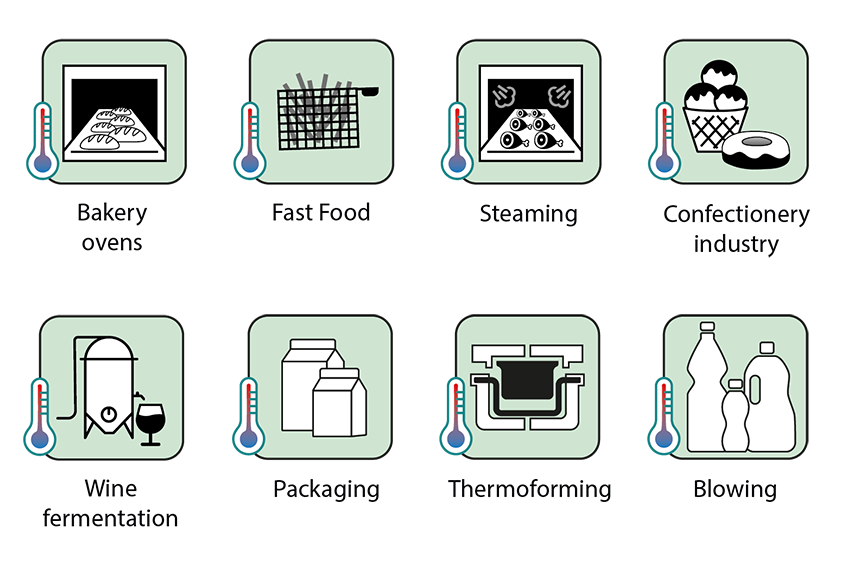
Find out how intelligent power optimisation can make a difference at every stage of the production process.
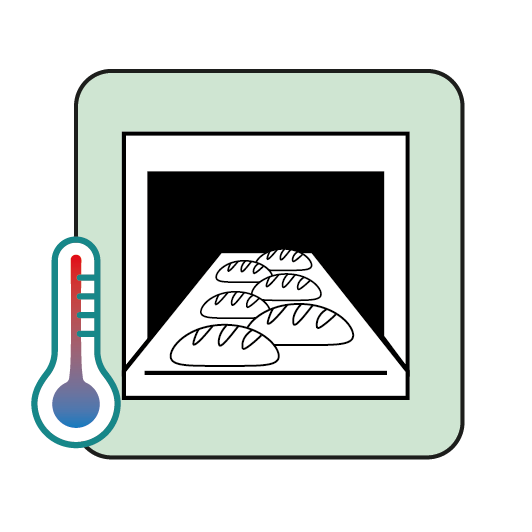
Management of electric heating in bakery ovens
In industrial bakery and pizza ovens, heating control is essential to ensure uniform baking and optimised processing times. However, thermal fluctuations, the simultaneous switching on of several heating zones and high energy demands can cause energy waste, overheating of components and variations in the quality of the final product. Ineffective power management can lead to load imbalances on the power grid and premature wear of heating elements. The adoption of advanced temperature control and power balancing systems can reduce consumption, improve heat uniformity and increase the lifespan of equipment.

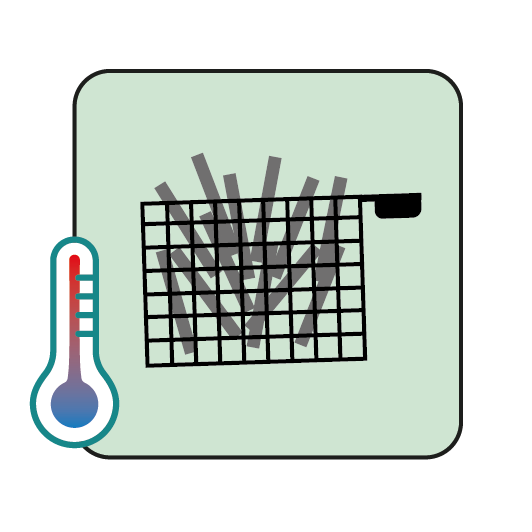
Control of kitchen equipment in fast food restaurants
Fast food and fast food kitchens operate under intensive use, with equipment requiring high power and rapid temperature regulation. The main problem is the high variability of electrical loads, due to the repeated switching on and off of equipment, which generates absorption peaks and imbalances on the power grid. This impacts the performance of fryers, hotplates and ovens, causing wasted energy and uneven cooking results. To ensure operational stability and reduce energy costs, it is essential to adopt advanced control systems that regulate power intelligently, avoiding overloads and optimising energy consumption.

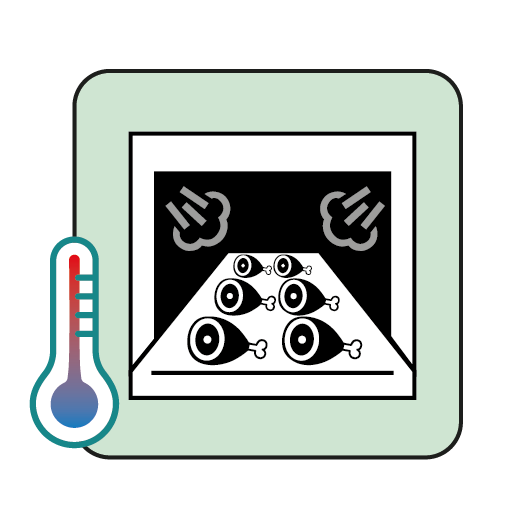
Control of equipment for cooking in liquids or steaming
Liquid or steam cooking relies on constant temperatures and progressive heating times so that food retains its flavour, texture and nutritional properties. A common problem is the difficulty in maintaining the ideal temperature, as even small variations can affect product yield and food safety. Furthermore, in large plants, uneven heat distribution can generate slower or overly aggressive cooking zones, compromising final quality. The use of appropriate control technologies makes it possible to reduce energy consumption, ensure cooking uniformity and prevent temperature fluctuations that could jeopardise the process.

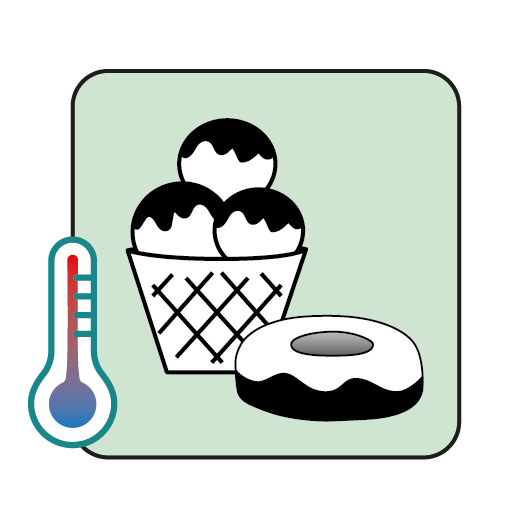
Equipment control in the confectionery industry
Working with chocolate, sugars and creams requires extremely precise thermal management, as even slight fluctuations can alter the texture and flavour of the product. One of the main problems is localised overheating, which can cause unwanted crystallisation in chocolate or excessive caramelisation of sugars. In addition, confectionery plants have to deal with the risk of prolonged waiting times, as cooling or heat retention must take place gradually. Ineffective temperature control can therefore affect the repeatability of processes, increasing the number of rejects and reducing productivity.


Control and management of wine fermentation
During wine fermentation, accurate temperature monitoring is essential to control fermentation kinetics and aromatic development. Temperatures that are too high can accelerate the process excessively, altering the structure of the wine, while temperatures that are too low can slow down fermentation or stop it completely. Another critical aspect is the management of the heat produced naturally by the yeasts, which must be dissipated in a controlled manner to avoid sudden variations. In the absence of a reliable regulation system, irregular fermentations can occur, with impacts on microbiological stability and the final quality of the product.






















